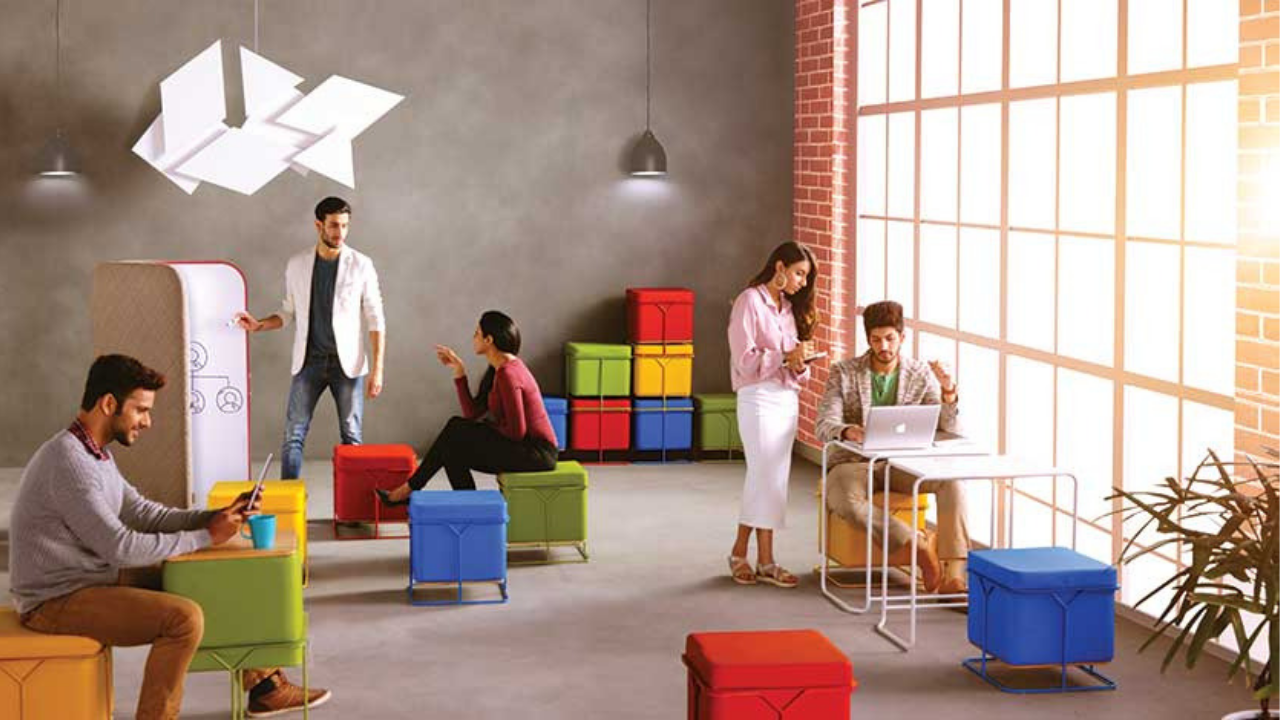Work culture has evolved far beyond the traditional 9-to-5, one-size-fits-all, cubicle-laden offices. Now, offices can accommodate large teams, individual work, and collaborative projects, but what exactly is driving this change in workspaces?
For one, technological advancements such as the Internet of Things (IoT) and artificial intelligence (AI) are helping create smarter and more interactive offices. Integrating automated entry access, improving security, and controlling energy consumption are just a few ways that work environments have become more activated. Cloud computing and web conferences have also used technology to boost communication within organizations.
Mobility also plays a pivotal role in the future of the workplace as more workers move towards doing their jobs on the go. Millennials in particular value a proper work-life balance and having the right environment to work from, which has led to the rise of shared workspaces.
Fostering a sense of community in the office has also become a staple of modern work environments. Coworking spaces are the perfect example of community-driven work atmospheres as people have a chance to openly share ideas and encourage collaboration to solidify a sense of togetherness amongst employees.

 Dr. Gleb Tsipursky – The Office Whisperer
Dr. Gleb Tsipursky – The Office Whisperer Cat Johnson – Coworking Marketing Maven
Cat Johnson – Coworking Marketing Maven Angela Howard – Culture Expert
Angela Howard – Culture Expert Drew Jones – Design & Innovation
Drew Jones – Design & Innovation Andrea Pirrotti-Dranchak – Competitive Advantage
Andrea Pirrotti-Dranchak – Competitive Advantage Jonathan Price – CRE & Flex Expert
Jonathan Price – CRE & Flex Expert Jeremy Fennema – Tech Innovation Alchemist
Jeremy Fennema – Tech Innovation Alchemist







